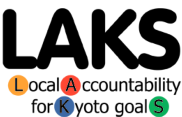STEP 3 - ASSESSMENT of OTHER SECONDARY BENEFITS
This part has been developed to offer a deeper analysis of other benefits coming from those interventions that have at least a yellow or green evaluation of step 2. This is useful to give more information on the possible effects of these interventions also to other aspect such as social and environmental benefits other than CO2. Because this part should be an useful tool for each municipality to assess other aspects not included in Step 2, you have the chance to change the issues considered or to add others that are not included here . The assessment of each aspect is the same of Step 2, you have to give a rate from 1 to 3 where 1 is “low”, 2 is “medium” and 3 is “high”.
In particular:
1. Environmental benefits other than CO2 reduction
COLUMN N - Air quality improvement
The intervention might have positive effects not only on CO2 reduction but also on other pollutant reduction such as mobility policies, tree planting etc.
COLUMN O - Reduction in other resources use (e.g. water, soil)
This aspect relates to these intervention that can have positive effects in reducing the use of natural resource or the reduction of waste etc. A specific policy for the reduction of municipality’s waste, intervention for the reduction of the use of water in sport facilities etc.
COLUMN P - Increase of urban environment quality
This aspect aims at evaluating the relevance for urban environmental quality of a specific intervention, e.g. urban forestation, new cycle paths, expected traffic reduction etc.
COLUMN Q - Relevance for Adaptation
This aspect refers to the potential relevance of the intervention in order to prevent or respond to effects of climate change in the urban context. Some examples are urban forestation to mitigate “hot islands” effects, development of particular infrastructures that can also increase urban resilience etc. Here you can add a positive evaluation for some intervention that foster research on the possible effects of climate change at local level.
2. Social benefits
COLUMN R - Promotion of social inclusion
Some intervention can foster social inclusion if included in a more comprehensive political vision such as creation of green public spaces, facilitate cheap transportation from sub-urban areas, creation of public events open to all citizens to discuss on environmental issues etc.
COLUMN S - Creation of employment opportunities
It refers to the intervention or policies that can also foster the creation of new jobs or that are a driver for new enterprises (e.g. renewable energy policies)
COLUMN T - Innovation and know-how exchange potential
Intervention that can drive a know-how exchange of best practice with other local authorities or the diffusion of technologies that were not already common in the area, for example district heating, co-generation plants, new mobility solution etc.
3. Other Economic benefits
COLUMN U - Potential drive for local economic development
Besides the CO2 reduction and economic savings some interventions can foster the economic development of the local authority by creating a drive for new business (e.g. the promotion of green local products, policies to foster local sustainable tourism, environmental and sustainability research institutes within the university etc.).
4. Political commitment
COLUMN V - Level of political interest in the intervention
The political interest in the intervention is another important aspect that can be evaluated positively if there is a precise commitment of the political level in implementing specific policies (e.g. new infrastructures for mobility, new energy plants etc.)
5. Demonstrative character of the intervention
COLUMN W - Level of demonstrative character of intervention from the Municipality
This last aspect what will be evaluated is the possible demonstrative character of the intervention for citizen. E.g. photovoltaic panels on public buildings, special opening to public of energy efficiency buildings, use of local products in school canteens, etc.
TIPS:
• If you add or eliminate any aspect you have just to be sure that the final result in column AA takes into account the number of aspects you select. Now the aspects considered are 10, therefore to obtain an average evaluation the total points are divided by 10, if you add or eliminate any aspect, please change also the number you divide the total for.



